
This Is The Mistake You Make When Using An Electric Kettle
The most common mistake is misusing or neglecting the kettle — especially overfilling it, running it dry, and ignoring limescale / damage.
Those mistakes cause safety risks, shorten the appliance’s life, reduce efficiency, and can make your water taste or smell off.
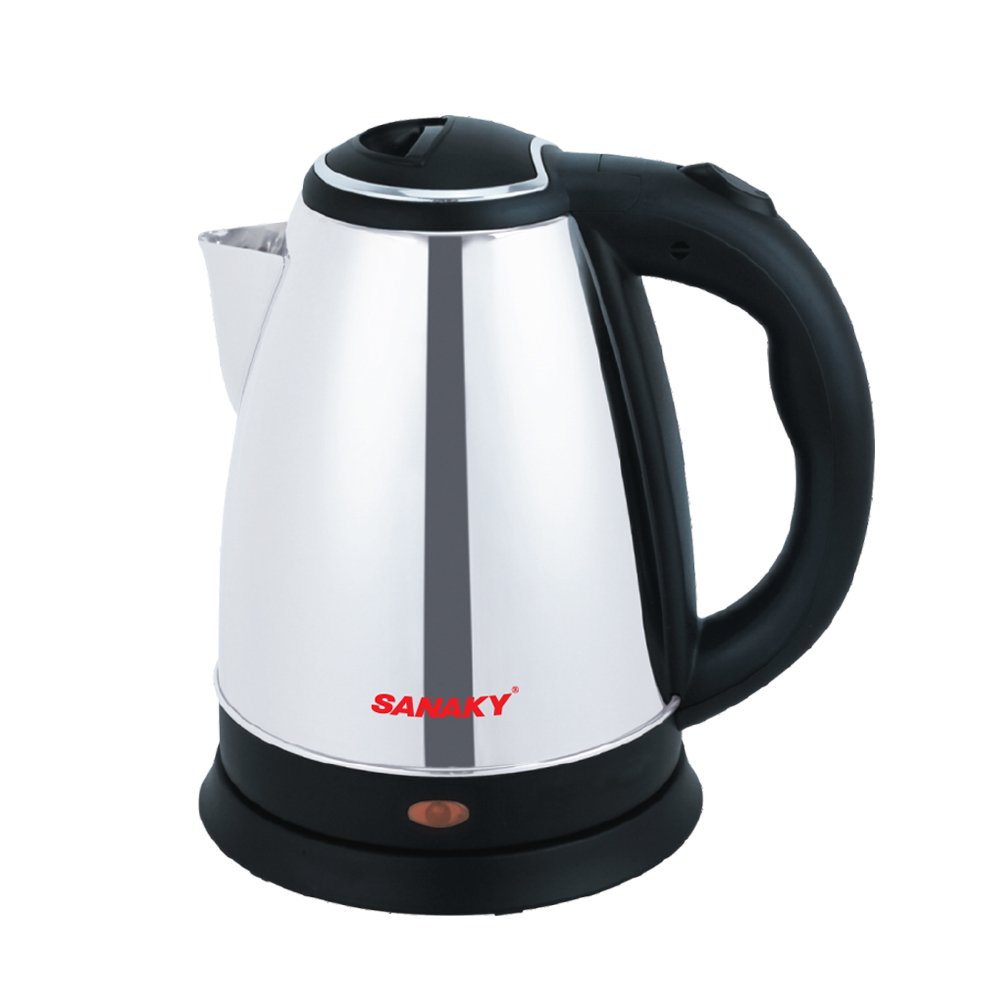
1) The biggest mistakes people make (and why they’re bad)
1.1 Overfilling the kettle
-
What: Filling above the “max” line (or right to the top).
-
Why bad: Boiling water will splash or spray out of the spout (steam + hot water burns). It puts extra stress on the auto-shutoff mechanism and can leak onto the base, damaging electronics.
1.2 Running the kettle dry (boiling with no water)
-
What: Switching the kettle on with too little or no water.
-
Why bad: The heating element gets extremely hot without water to absorb heat, which can warp or burn the element, trip safety cutouts, or (on cheap units) cause a fire hazard.
1.3 Ignoring limescale (hard-water buildup)
-
What: Never descaling or cleaning the inside.
-
Why bad: Limescale reduces heating efficiency (takes longer, uses more energy), can trap mineral residue that affects taste, and in extreme cases can cause element failure.
1.4 Not checking or replacing a damaged cord/base
-
What: Using a kettle with a frayed cord, loose plug, or cracked base.
-
Why bad: Exposed wires or poor connections increase the risk of electric shock or short circuits.
1.5 Using on an unstable/dirty surface
-
What: Placing the kettle where it can tip, or where crumbs and liquids get into the base.
-
Why bad: Spills can reach the electrical contacts, causing faults; tipping causes scalding.
1.6 Opening the lid while boiling / placing face over the spout
-
Why bad: Steam can cause severe burns; hot water can splash.
1.7 Storing water long-term in the kettle
-
What: Leaving standing water in the kettle for days.
-
Why bad: Water can go stale, promote mineral deposits or bacterial growth in rare cases; empty and dry if unused for long.
2) Safe daily use — a step-by-step checklist
-
Fill only to the required volume (use the min/max marks). Don’t overfill.
-
Use cold, fresh water from the tap (or filtered water if preferred).
-
Close the lid securely before switching on.
-
Place on a flat, dry surface and keep cord away from edges.
-
Stand back when it’s boiling and don’t open the lid until it has cooled a bit.
-
Pour slowly — handle the kettle firmly to avoid splashing.
-
Turn off/unplug after use if you prefer the extra safety margin (see below).
-
Empty if you won’t use it for a while
(or if water tastes stale).
3) Descaling & cleaning (how often and how)
-
How often: Descale every 1–3 months depending on water hardness and how often you use it. If you see white scale inside, clean it.
-
Simple descaling method: Fill with a solution of equal parts water and white vinegar (or lemon juice) to cover the element; boil, let sit 20–30 minutes, empty, rinse thoroughly and boil fresh water once or twice to remove taste. Commercial descalers are also fine if used per instructions.
-
Wipe exterior with a damp cloth; never immerse the base or plug in water.
4) Should you leave the kettle plugged in all the time?
Short answer:
-
It’s usually safe to leave a modern electric kettle plugged in
if it’s in good condition and has an automatic cut-off. But unplugging is the safer option and recommended in certain circumstances.
Why leaving it plugged in is commonly considered OK:
-
Most modern kettles have automatic shut-off and boil-dry protection, so after boiling they switch off and draw minimal standby power.
-
Convenience: you can switch it on without unplugging.
Reasons you should unplug sometimes (recommended practice):
-
Safety margin: Unplugging eliminates any risk from a faulty switch or a damaged kettle that might fail while unattended.
-
Power surges / storms: During electrical storms or prolonged absence (vacation), unplug to protect the appliance against surges.
-
If the kettle is older or damaged: Unplug it when not in use; replace if you see frayed wires or unreliable switching.
-
Energy saving: Standby draw is usually small for kettles, but if you prefer zero standby consumption, unplugging or using a switched socket/power strip helps.
-
Children/pets: Unplugging reduces the chance of accidents if curious hands or paws activate it.
Practical compromise:
-
Leave it plugged during regular daily use if it’s a modern, well-maintained kettle and you prefer convenience.
-
Unplug at night, when you leave home, during storms, or if you spot any damage.

5) When to replace your kettle
-
The kettle repeatedly trips the RCD/fuse, emits burning smell, leaks, the heating element is exposed/corrodes, the auto-shutoff fails, or the cord/base is damaged — replace it immediately. Don’t attempt to repair the high-voltage internals yourself.
6) Additional safety tips
-
Use a dedicated outlet (avoid long extension cords for kettles).
-
Keep kettle and cord away from edge so it cannot be pulled or knocked down.
-
Install RCD/GFCI protection in kitchen areas if not already present — this helps prevent fatal shocks.
-
Supervise children if they use or are near the kettle.
-
If your model has a removable base, ensure the contacts are dry before replacing the kettle on the base.
7) Quick troubleshooting
-
Kettle won’t boil: check power, check base connection, clean limescale.
-
Kettle clicks but won’t heat: element may be faulty — stop using and replace.
-
Boil-dry cut-off triggered often: likely limescale or sensor fault — descale or seek replacement.
Final summary
-
Most dangerous mistakes: overfilling, boiling dry, ignoring limescale, using a damaged appliance.
-
Best practice: fill between min–max, keep it clean, use on flat dry surface, pour carefully, and unplug when you want maximum safety (during storms, when leaving home, or if the kettle is old/damaged). Leaving a modern, well-maintained kettle plugged in is convenient and generally safe, but unplugging gives you zero-risk standby and is a good habit.
It left me speechless.everything continues...

News in the same category

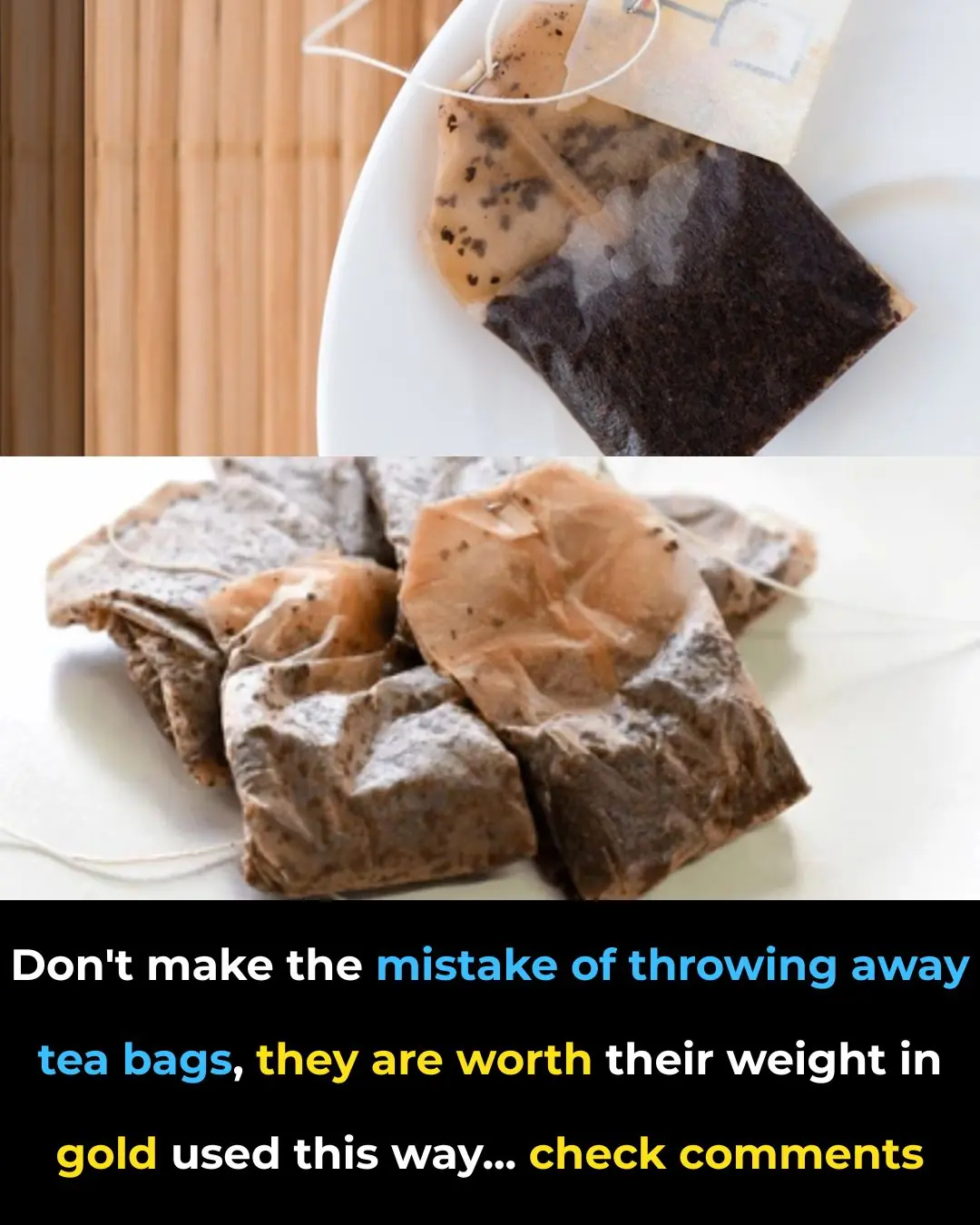
Don't make the mistake of throwing away tea bags. see more

🪟 Vinegar Is the Key to Streak-Free Windows & Shiny Surfaces — But Most People Use It Wrong

Don’t Toss That Banana Part

The Hidden Effects of Sleeping With a Fan on Your Throat

Tips for freezing tomatoes to eat all year round, the flavor is always fresh and delicious like freshly picked

Health benefits of lemon peel, don't throw it away and waste it

4 effective ways to clean yellow armpit stains on white shirts, making them as white as new

Identify enoki mushrooms soaked in formaldehyde poison thanks to 5 typical signs

8 devices that consume the most electricity, twice as much as air conditioners: Remember to unplug after use, or your bill will skyrocket.

Golden tips for choosing ham: Identify borax with a simple, absolutely safe way

How to recognize fish infected with urticaria: Don't buy it even if it's cheap as if it were given away.

Soak lemongrass with vinegar to get a special type of water with wonderful uses.

Is beef that has iridescent colors like the 7 rainbow colors edible?

🚽 How to Remove Limescale Stains from Your Toilet Bowl — Naturally & Without Harsh Chemicals
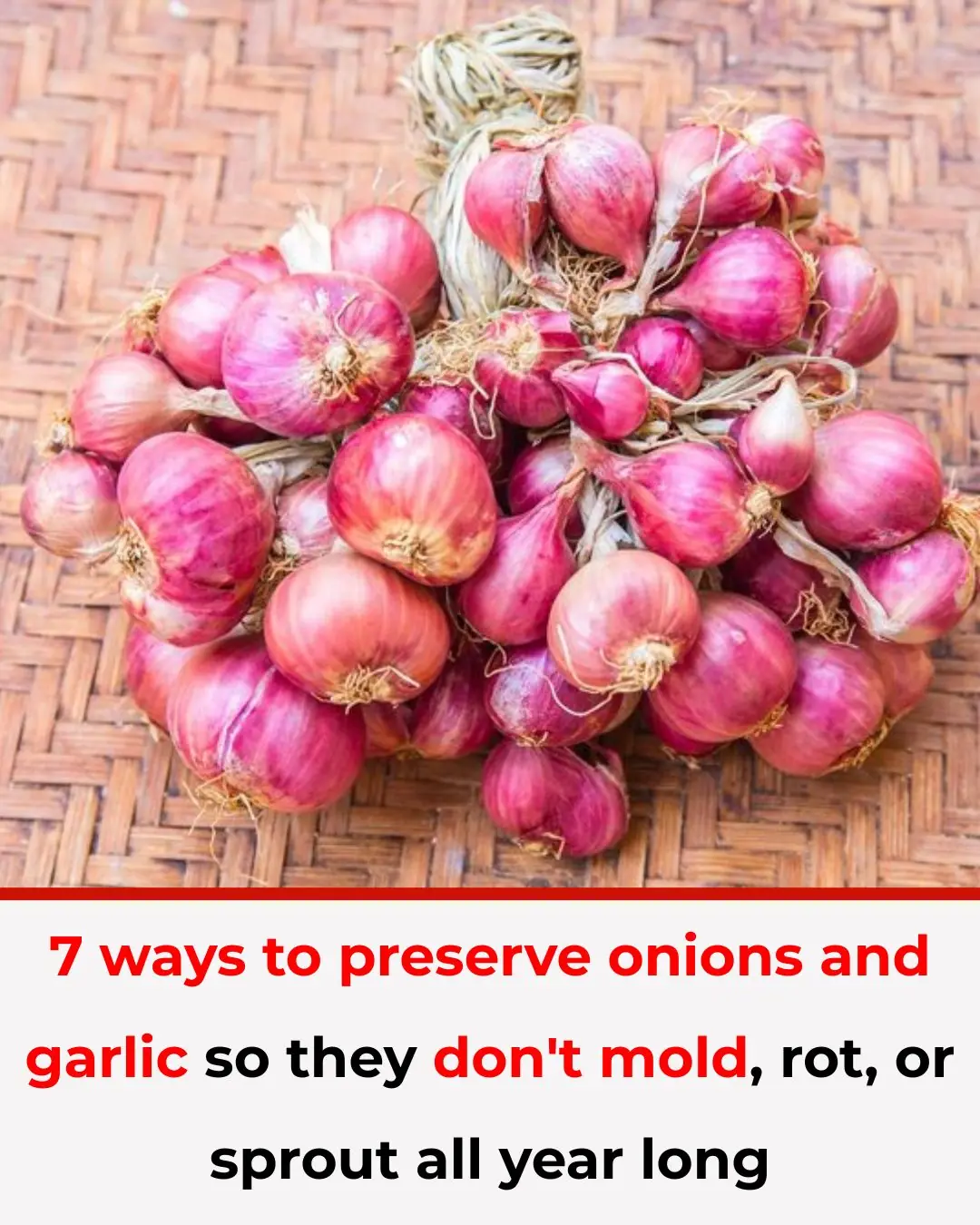
7 ways to preserve onions and garlic so they don't mold, rot, or sprout all year long

Squeeze lemon juice into the rice cooker before cooking? Simple operation but surprising effects
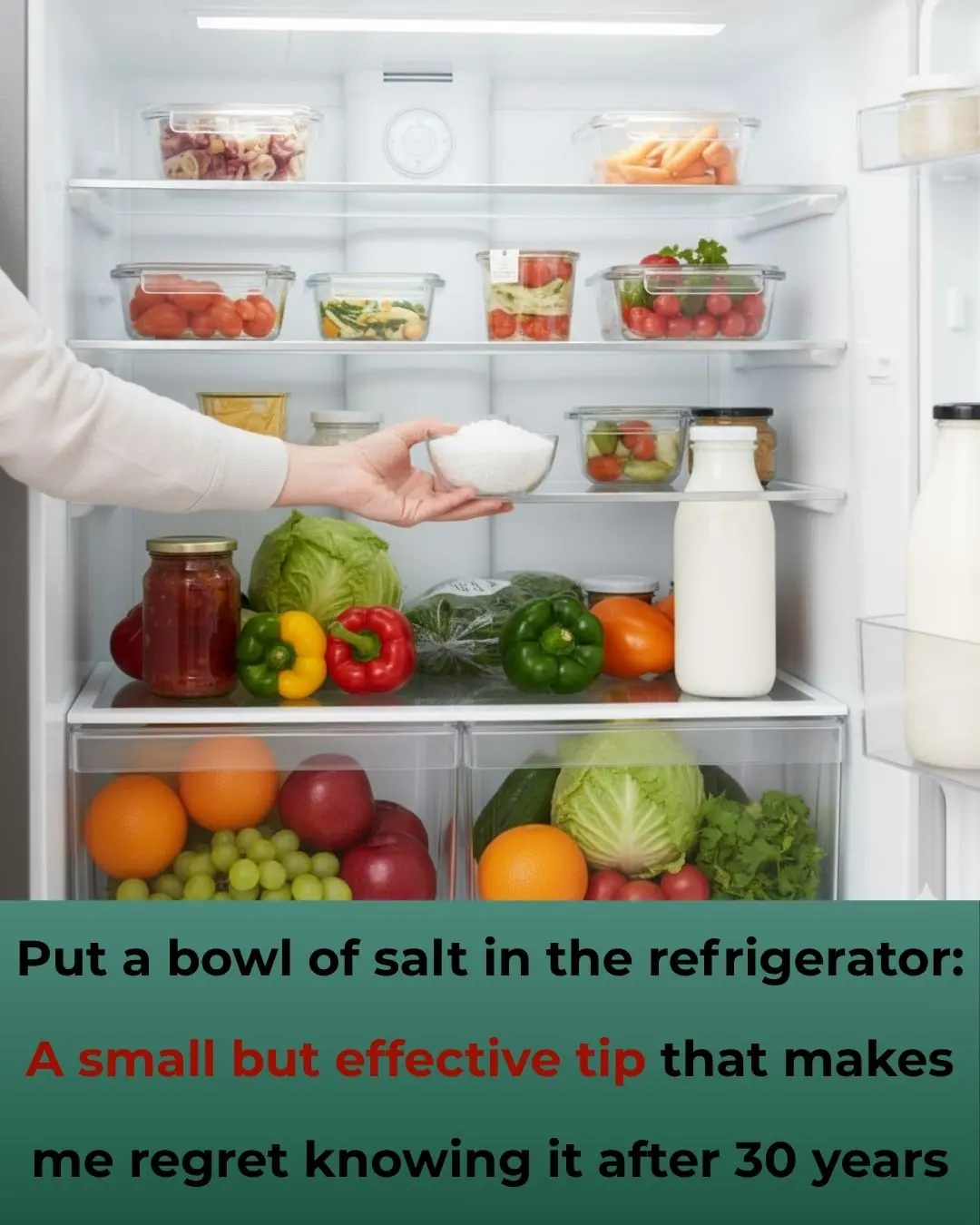
Put a bowl of salt in the refrigerator: A small but effective tip that makes me regret knowing it after 30 years
News Post

The Powerful Health Benefits of Papaya Seeds: Why You Should Include Them in Your Diet

The Wonderful Hazel Tree (Corylus avellana): Nutrition, Healing, and Traditional Uses of Every Part

Boiling a Whole Avocado: The Secret to Softness, Nutrition, and a Delicious Baked Recipe

The Hidden Healing Power of Papaya Leaves

Sugar Apple (Annona squamosa): A Sweet Fruit with Powerful Health Benefits

If you find a centipede at home, here is what it means...

Why We Feel That Little Electric Sh0ck When We Touch Another Person—Science Explains

If a Man Doesn’t Appreciate You, Here’s What You Should Do

25 Worrying Signs Your Body Is Trying to Warn You of Serious Health Problems (and What to Do About Them)

The Hidden Power of Lactuca serriola Root (Prickly Lettuce Root)

Why You Should Stop Waking Up to Urinate

4 types of vegetables are full of parasites but many people still eat them raw every day

Hidden Dangers in Your Mouth: Early Signs of Oral Cancer

Maple Trees from Root to Crown: A Complete Guide to Every Edible Part

7 Signs of Arthritis You Shouldn't Ignore
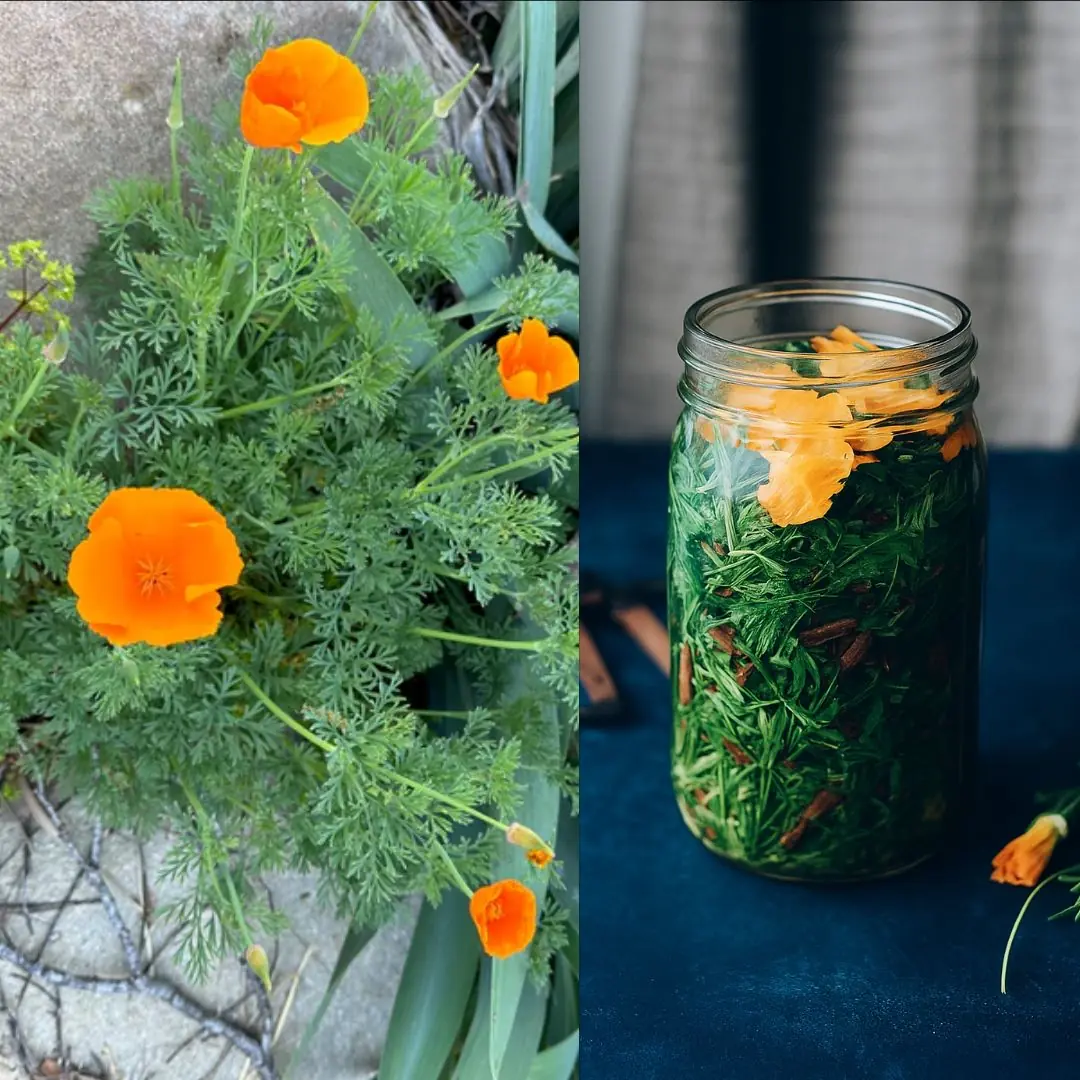
California Poppy: Nature’s Gentle Remedy for Relaxation and More

What is its purpose. see details

When a woman stops loving a man, she begins…

5 hygiene mistakes that many people make... but no one dares to talk about...
